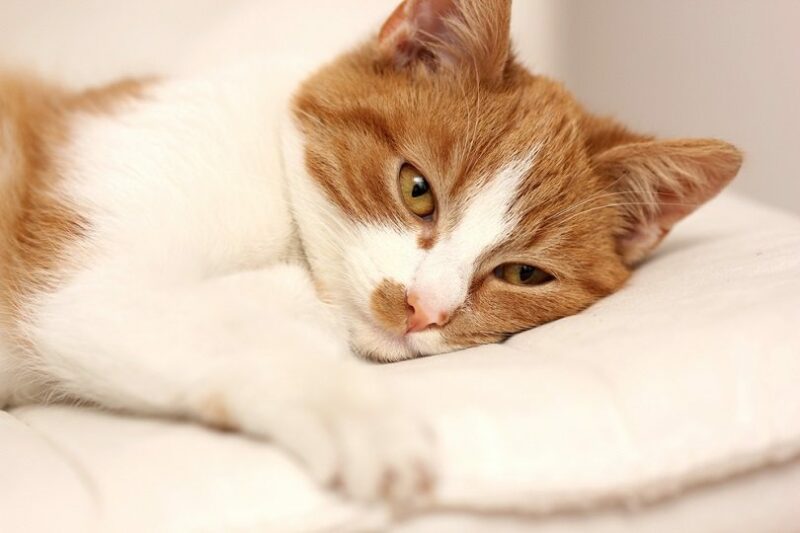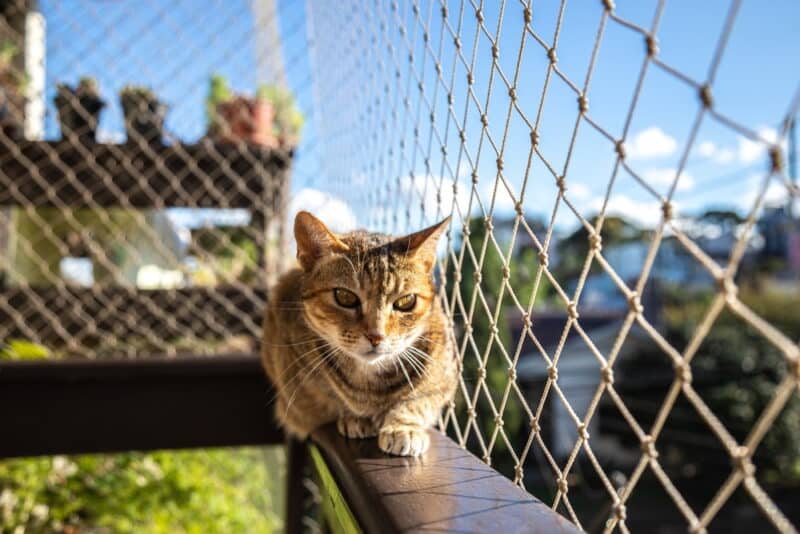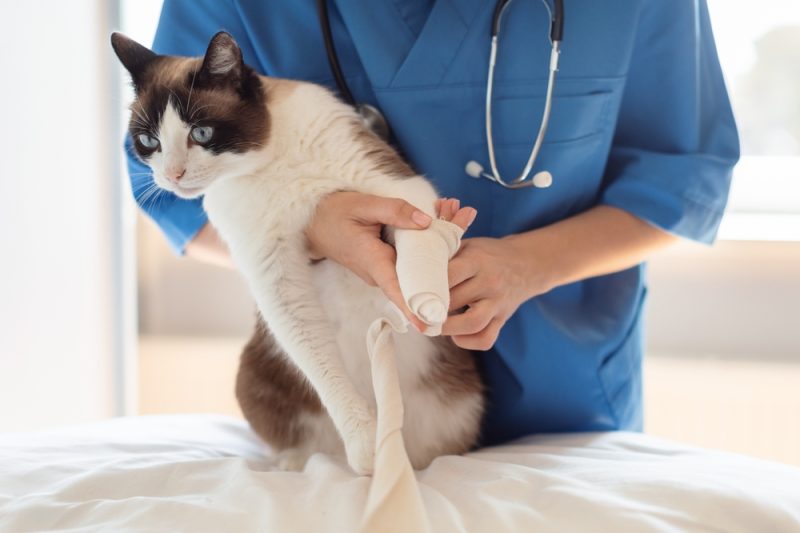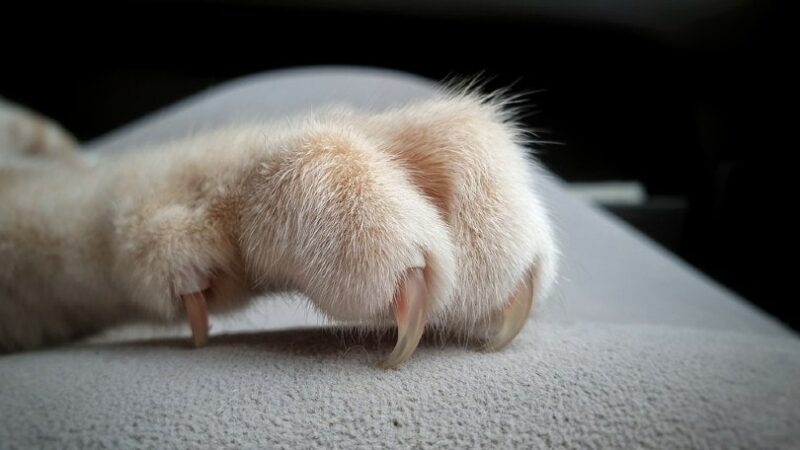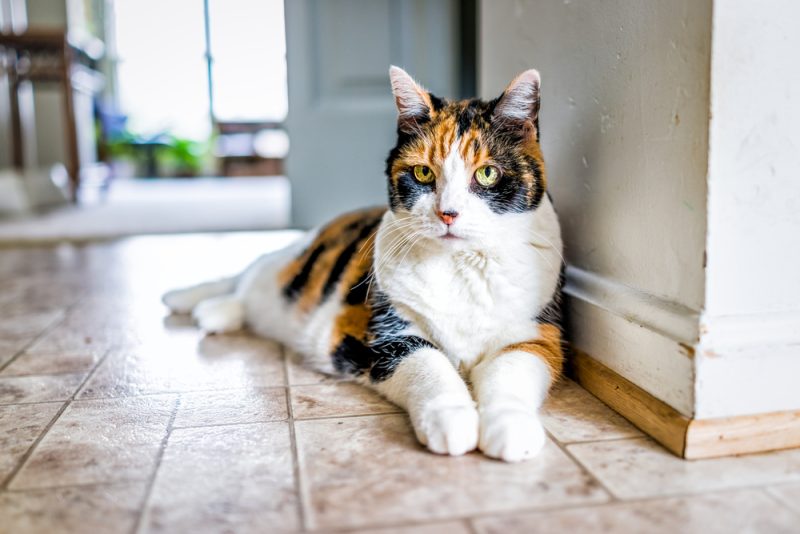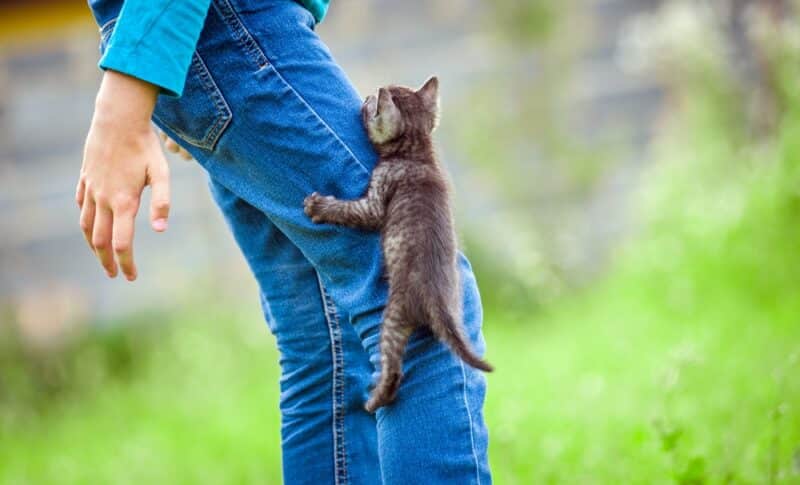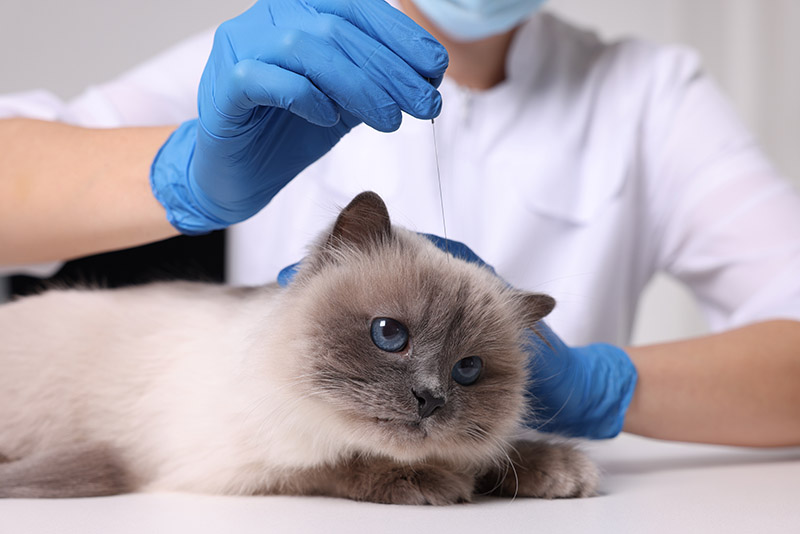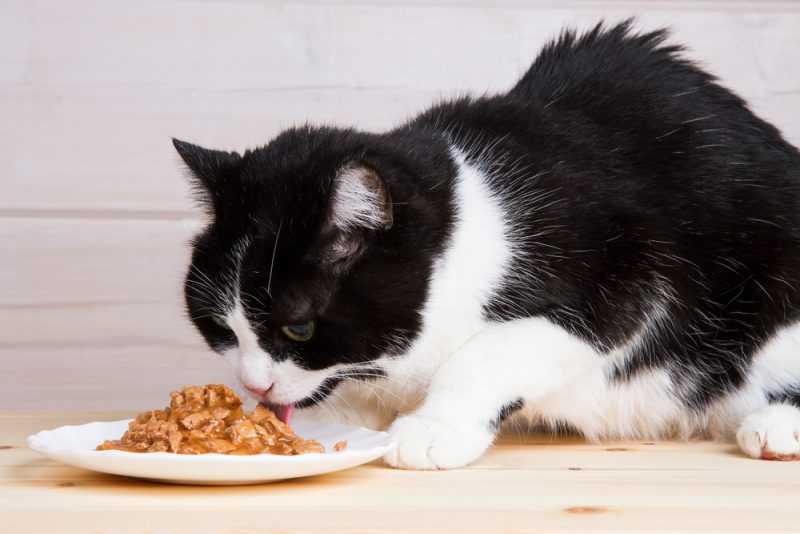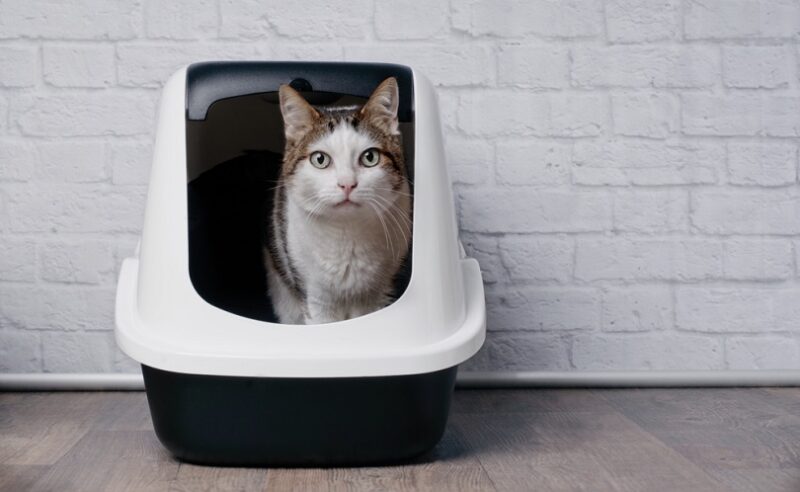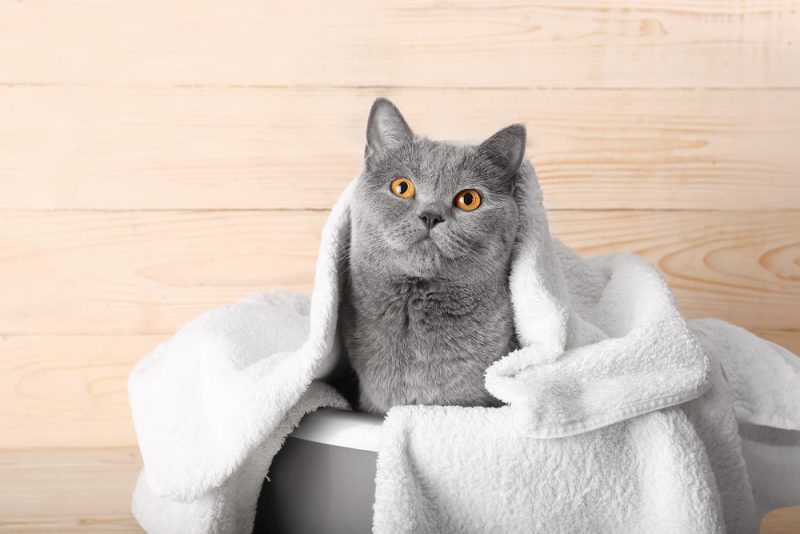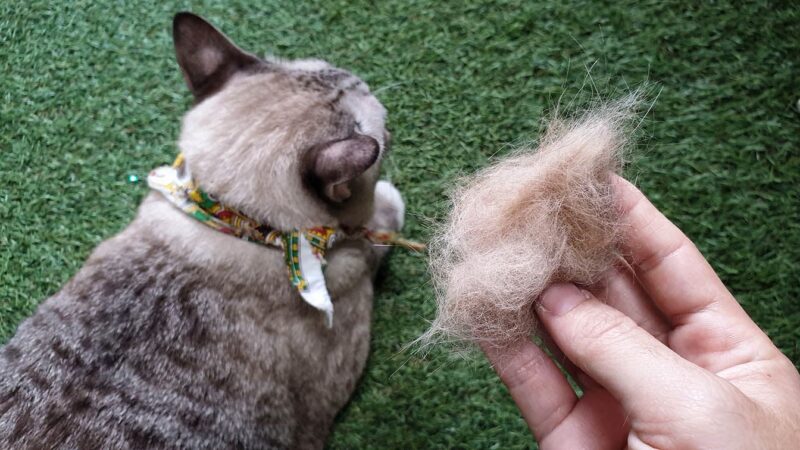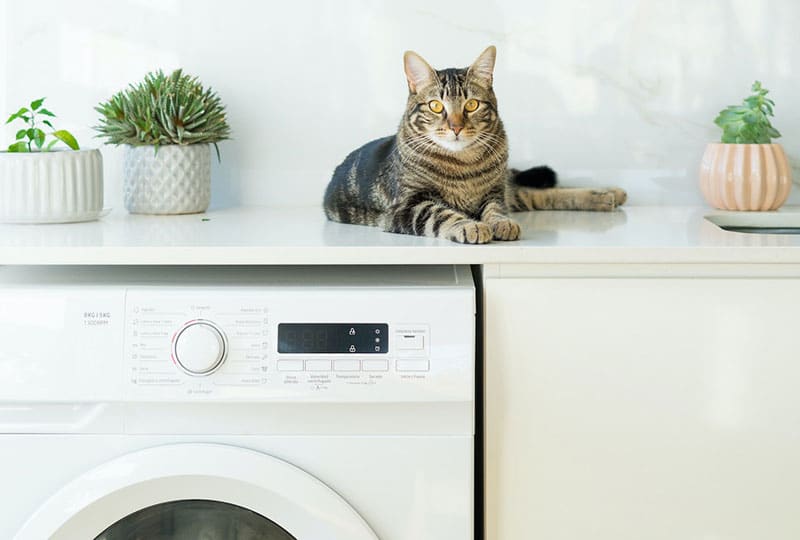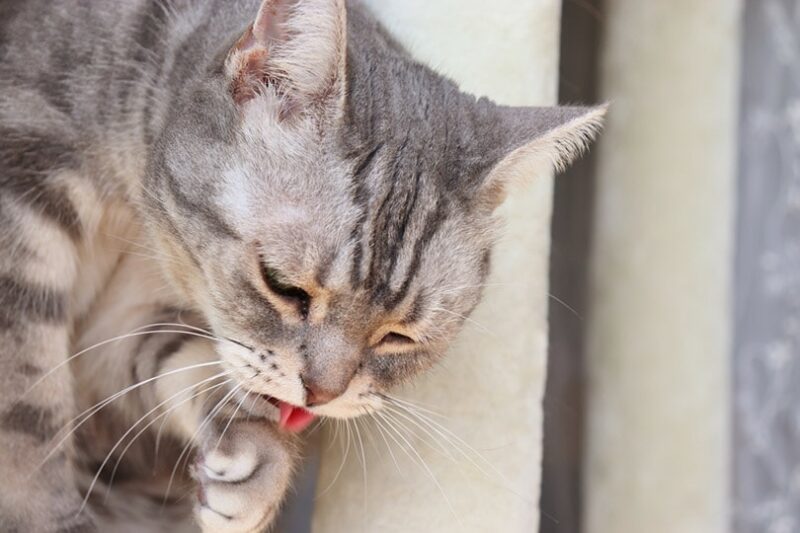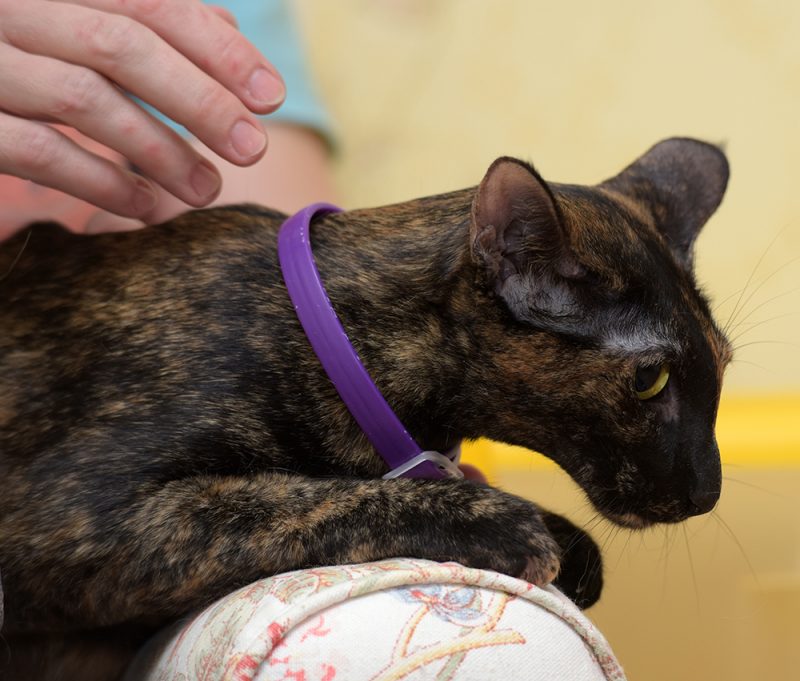In this article
View 3 More +Cats have a similar nervous system as humans and other mammals.1 They can feel pain whether due to injuries, illnesses, or any other internal ailment. However, cats often try to not show signs of their pain. Instead, they tend to try to hide their pain, only showing signs of it when it’s not possible to do otherwise. So, you may wonder how you’re supposed to know when your cat is in pain for one reason or another. Here is the information that you need to determine when your cat is in pain and what to do about it.

How Do Cats Feel Pain?
The fundamental way that cats feel pain is the same for humans and an overwhelming majority of other animals. Cats have a nervous system that comprises the brain, spinal cord, and all the nerves in the body.
The way that a cat feels pain is by the nerves picking up stimuli and relaying them back to the spinal cord and brain, enabling them to recognize that something is painful. This serves a vital function for survival. For example, if a cat stepped on a sharp object, they would know that it was sharp by their nervous system telling them so, and they would move their paw away to avoid injury.
Many inherent responses of the nervous system are also known as reflexes. These do not necessarily need interpretations by the cat’s brain, but rather happen without any forethought. These are crucial because veterinarians often check these reflexes in cats during neurological examinations to ascertain the possibility of certain ailments.
Note that most discussions of cats feeling pain refer to the physiological pain associated with injuries, diseases, or other ailments. Whether cats feel emotional pain is a subject area that is still being investigated. While cats can read human body language and formulate emotional responses accordingly, their ability to experience states of emotional distress (such as the “heartbreak” that humans experience after a failed endeavor or relationship) is still not completely understood.
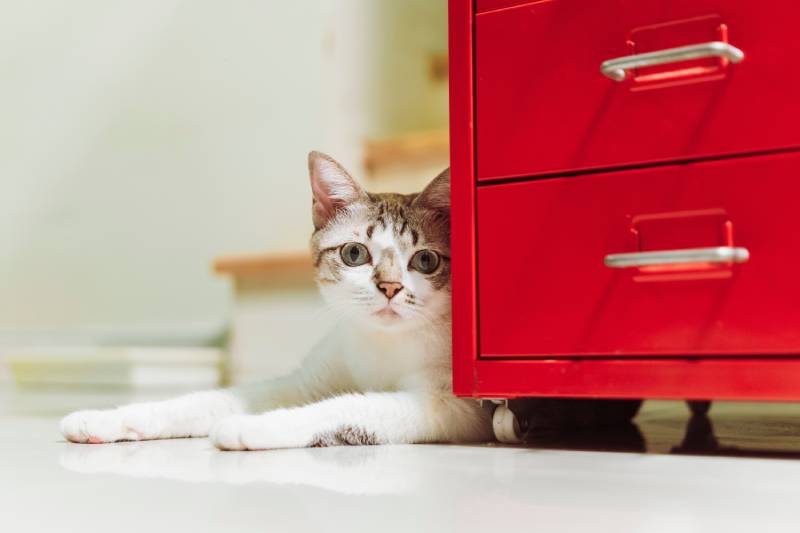
Why Cats Try to Hide Their Pain
Cats are not alone in trying to mask injuries and hide their pain. Many animals instinctively do this, and in fact, it is considered the norm for many species. Cats are territorial, and appearing as healthy as possible is one way to minimize competition, seem fit for reproduction, and have would-be predators think twice before they attempt to take on the cat. This falls in line with the popular phrase of “survival of the fittest,” as many animals attempt to look fit even if they’re not.
Therefore, wild cats do all that they can to hide their pain. Domesticated cats still have the same instincts to hide their pain, which is why they do it even when living in a comfortable home. So, sometimes, you may not notice that your cat has an injury or illness that is causing pain until the problem becomes so serious that they cannot hide it.
However, it is worth noting that owners who are observant of their cat’s usual antics and behaviors are relatively adept at figuring out when something is wrong with their pet. So, while cats do try to mask their illnesses, you can train yourself to look for signs that something might be off with your pet.

Signs That Your Cat Might Be in Pain
There are many possible signs to look for that your cat might be in pain, but you could easily miss these if you are not looking for them. For example, you may think that your cat not letting you pet them in a certain spot is just weird behavior. However, the reason could be that the area is painful. You might attribute a loss of interest in playing or activity to old age, but pain could really be the culprit.
- They are slower to lie down or get up than usual.
- They make noises or cry when being petted or picked up.
- They are walking with a slight limp or strange posture.
- They have stopped grooming themselves as much as they used to.
- They have lost interest in jumping up on their favorite furniture.
- They have become uncharacteristically aggressive.
- They are hiding more than usual and avoiding interactions.
- They are overly grooming themselves, especially in a particular spot.
- They are exhibiting changes in their eating habits or refusing to eat their normal food.
- They are showing signs of litter box misuse or overuse or having accidents outside their litter box.
- They are vocalizing loudly when doing activities that are normally not associated with vocalizing, such as yowling while trying to use the litter box.
- They seem lethargic and uninterested in their environment.
- They have crusty eyes.
- They have discharge coming from their nostrils, ears, genital regions, or anus.
- They have an abnormal, unexplained, and undiagnosed growth appearing anywhere on their body.
- They aggressively hiss or lash out if you try to touch them in a particular spot (for example, their jaw).
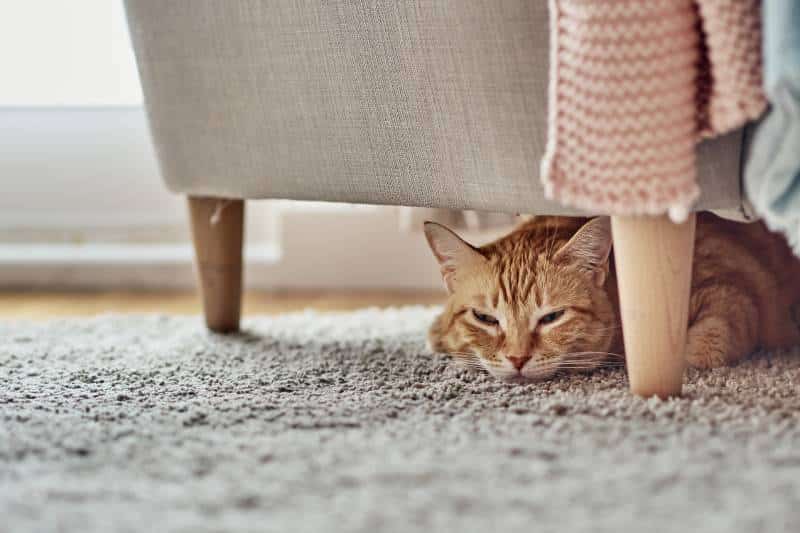
Please note that this list isn’t comprehensive. In general, if you suspect that your cat isn’t behaving normally, it’s safe to assume that the change might be associated with pain, so they should be seen by a vet.
What to Do If Your Cat Shows Signs of Pain
If you find that your cat is showing signs of pain in any way, it is important to contact a veterinarian as soon as possible to discuss the situation. They should be able to provide you with guidance or ask you to take your pet in for a checkup, depending on the signs of pain that you have observed. Please note that cats that are in pain may not act like themselves and should be approached carefully yet confidently.
Consider putting them in a kennel with a cozy blanket until you have spoken to a vet and determined what steps to take. This will keep your cat safe and contained where they cannot get further hurt or aggravate an illness. Do not give any medications or supplements to your cat without consent from a vet first.
If you need to speak with a vet but can't get to one, head over to PangoVet. It's an online service where you can talk to a vet online and get the advice you need for your pet — all at an affordable price!


Final Thoughts
Cats can feel pain, and they feel it much like we do. However, they also try to hide signs of pain whenever they can. Getting to know your cat on an individual level can help you pick up clues as to when something is wrong. If any signs of pain are spotted, you can work with a vet to address the pain and its cause.
Featured Image Credit: Milada Vigerova, Pixabay


